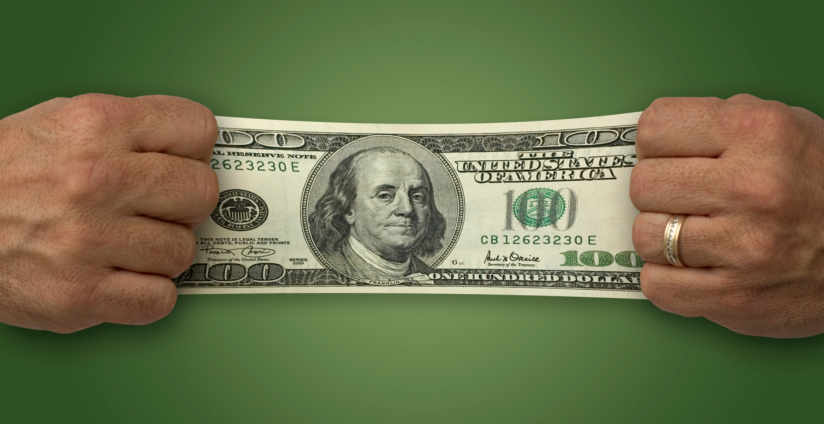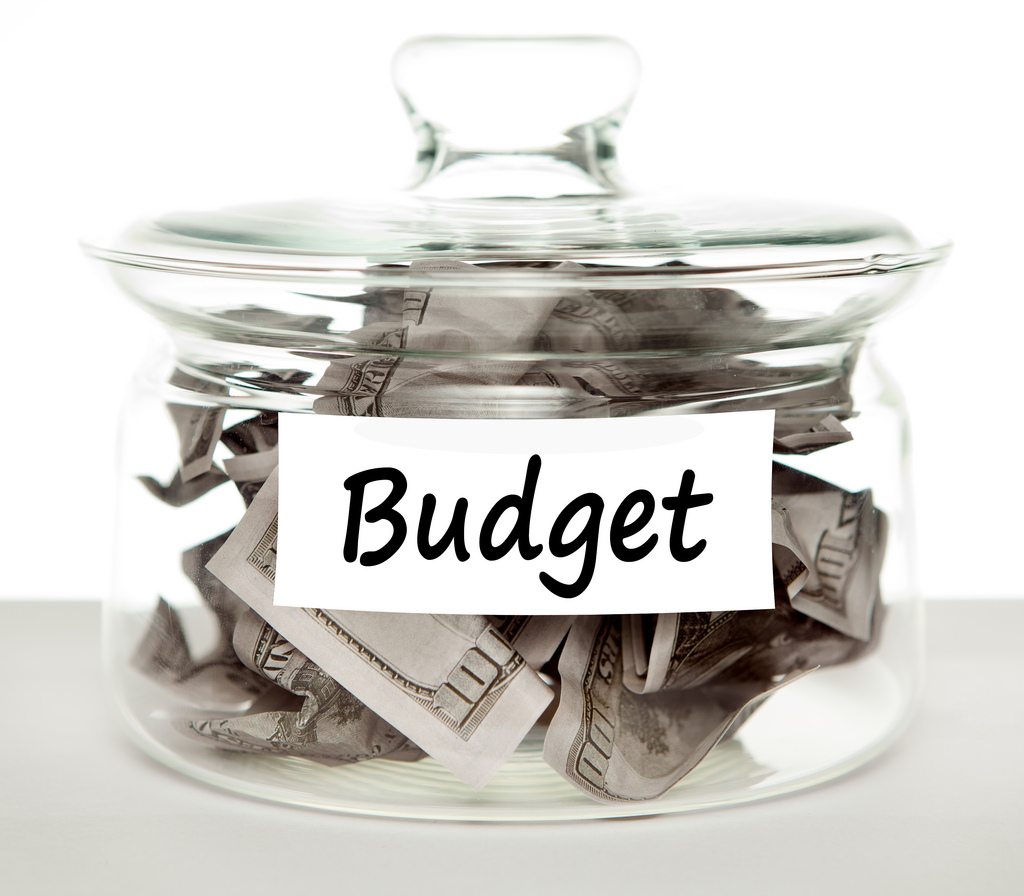How Do I Maximize My Tax Refund?
The way you spend your tax refund can go a long way in determining how big your refund actually is. Having a plan and creating a budget will help ensure that you maximize your tax refund dollar every year.
By planning ahead, you can guarantee that your tax refund is 20% bigger than the actual amount on that check in the short term. In the long term, you can give yourself the opportunity to multiply parts of your refund by as much as 5 times or more.
See the previous blog post Is It Too Late To Contribute To Last Year’s IRA Account?
Most Americans who are eligible for large tax refunds live paycheck to paycheck throughout the year. Then, when the tax money arrives, which is often 15 to 20 times the size of a weekly paycheck, they just use it to splurge, celebrate, and buy stuff. And in less than 3 days, that money is gone.
The most important thing to do with your refund is to pay yourself first. Save money by reducing debt. Resist the urge to spend wastefully. Look at your refund as an opportunity to upgrade your life’s situation instead of a reason to keep up with the Joneses.
Here are the top 10 ways to maximize your tax refund this year:
- Make a list – Write down what you plan on spending money on and keep a total bill. Avoid over-spending by knowing where every dollar is going. An Excel Spreadsheet could be very useful.
- Prioritize purchases – What do you want, and what do you need?
- Prioritize debts – What accounts have the HIGHEST interest rates? These should be paid off first. Save more money overall by wiping out those highest interest loans first.
- Pay down high interest lines of credit – Car loans and credit card interest rates can range from 10% up to as much as 30%. If you have 2 years left on your car loan, by paying down your balance by $1,000 can save you an additional $200 to $400 or more in interest. In those last 3-4 months of the loan, when you would have been paying $400 per month, you can have NO car payment, putting that money back in your pocket!
- Limit splurges – Set a maximum that you are going to spend on having a good time with your tax refund. It can be $300 or 5% of the total refund. Your refund will change from year to year, so set a number and stick to it!
- NO impulse purchases – Buying on impulse could ruin any budget. Walk away. If you still need it tomorrow, go buy it.
- ROTH IRA contribution – As is the theme to all of these suggestions…pay yourself first. If all of your debt with and APR of 5% or more is paid off, it is time to pad your retirement. Relying on Social Security alone for retirement income will ensure being broke the rest of your life. Sacrifice now, while you are physically able to work, to make life easier down the road.
- 529 College Savings Plan – This is an IRA style savings plan for your kids’ education. Earn interest and dividends tax free while helping build a better future for the next generation.
- Rainy day fund – It never hurts to put a little away for unexpected problems or expenses. Cars break down. Pipes break. People get sick. Things happen. Once again, sacrifice while you can to make life easier in a crisis.
- New car fund – Don’t need a new car yet? Put $500 or $1,000 to the side for your next one. Keep it in a savings account or somewhere you won’t spend it. The interest you make in that account will not add up to much; but the interest you save on your next car loan could be huge.
So where do you start? Below are some sample budgets for you to work off of. One set by percentages of the refund, another using straight dollar amounts. Either one will work, depending on your spending personality and your needs.
Suggestion #1: Percentage out the desired expenses
20% – Home Upgrades
20% – Visa Card Paydown (15.99% APR)
10% – Road Trip!
10% – Kids 529 College Fund
10% – ROTH IRA contribution
10% – Bonus Car Payment (14.99% APR)
10% – Rainy Day Fund
10% – Kids Shopping
Suggestion #2: Prioritize the dollars. If you run out, the expenses at the bottom get tossed out. This should be used if you have specific bills that need to be caught up. Some people also find it helpful to keep a running total of how much money has been spent after each expense.
In this example, we will assume that last year’s refund was $6,000. Our budget will be for $7,000 to help account for any unexpected refund increases. The key is to back-load the budget with 2nd and 3rd contributions to optional expenses and savings plans.
$800 [$800 spent] – Pay Down Car Loan
$1,100 [$1,900 spent] – Pay Off Credit Card
$900 [$2,800 spent] – 529 College Savings Fund Contribution #1
$800 [$3,600 spent] – ROTH IRA Contribution #1
$100 [$3,700 spent] – Family Dinner Out
$500 [$4,200 spent] – Rainy Day Fund Deposit #1
$400 [$4,600 spent] – Family Weekend
$500 [$5,100 spent] – New TV
$500 [$5,600 spent] – Rainy Day Fund Deposit #2
$200 [$5,800 spent] – Family Night Out – Baseball Game
$200 [$6,000 spent] – Clothes Shopping
$200 [$6,200 spent] – Part 2 Car Loan Paydown
$200 [$6,400 spent] – 529 College Savings Fund Contribution #2
$200 [$6,600 spent] – ROTH IRA Contribution #2
$200 [$6,800 spent] – Fun Money
$200 [$7,000 spent] – Rainy Day Fund Deposit #3
The author is not a certified financial advisor. All suggestions are hypothetical and any investment vehicles are simply examples of how finances can be allocated. Please speak with your financial advisor before making any investments.




